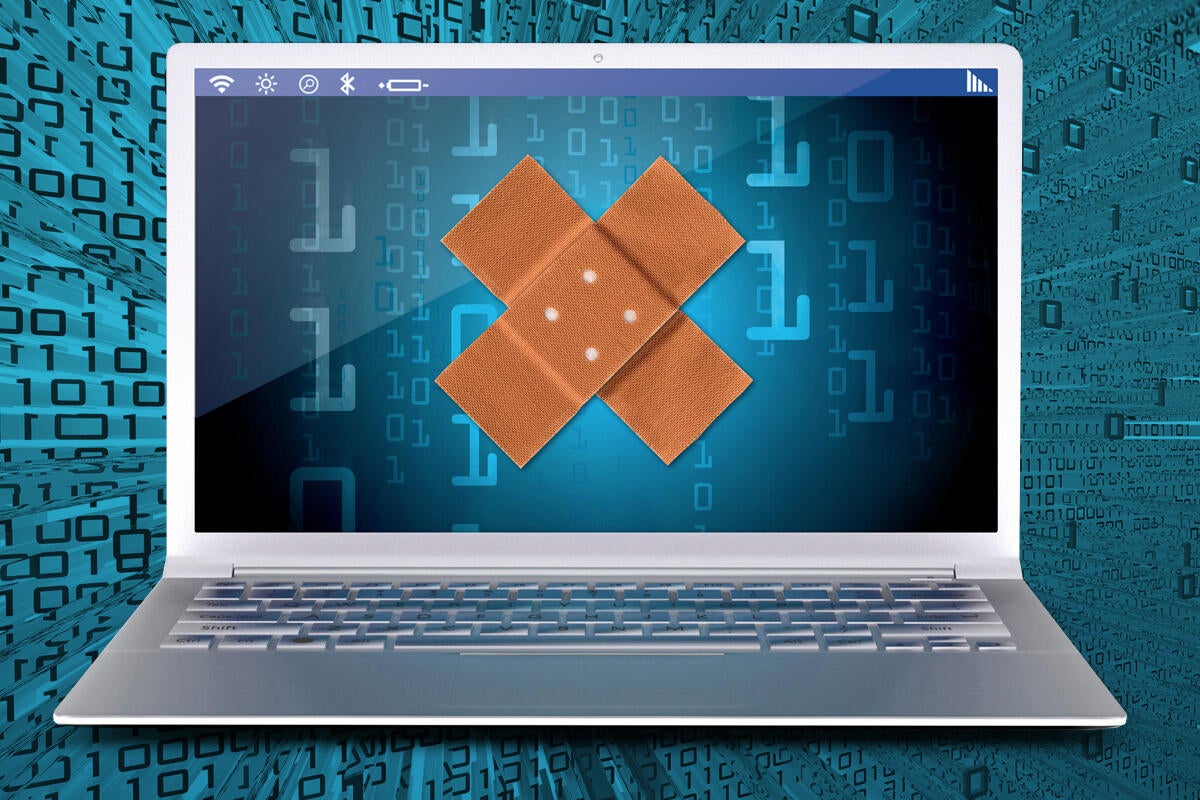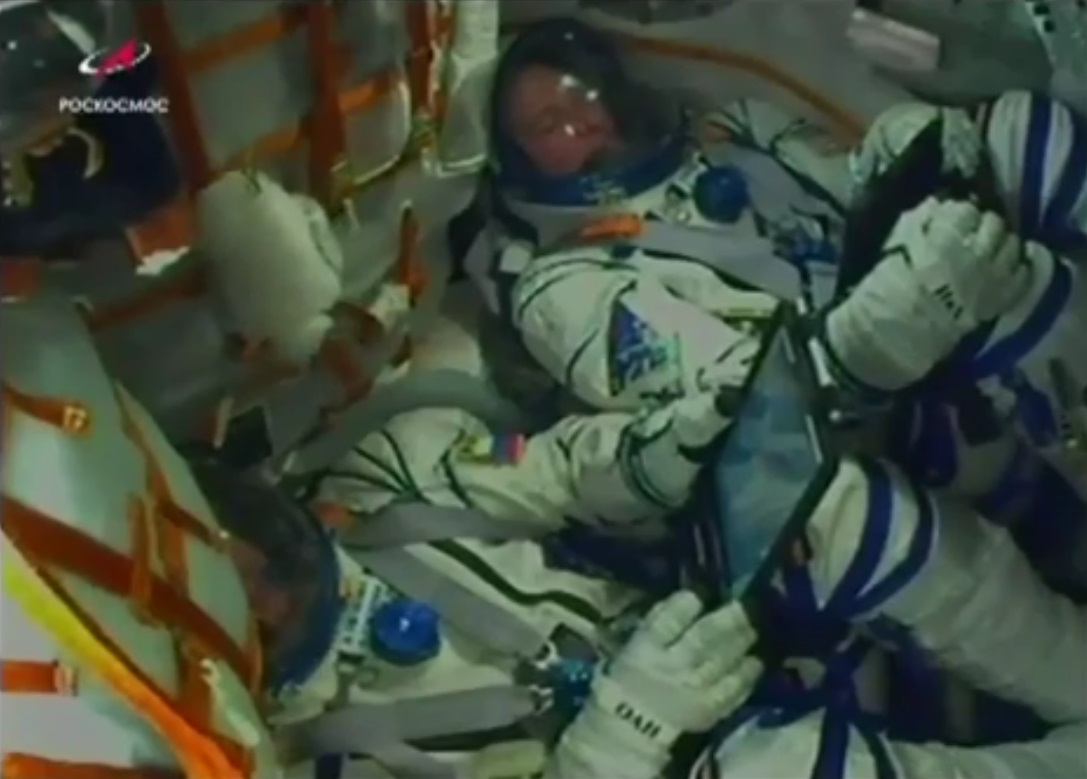Music
Trailers
DailyVideos
India
Pakistan
Afghanistan
Bangladesh
Srilanka
Nepal
Thailand
StockMarket
Business
Technology
Startup
Trending Videos
Coupons
Football
Search
Download App in Playstore
Download App
Best Collections
Technology

Well, it was great to have a little break from posting on the Patch Tuesday Debugged blog. Since the kids are now back at school, ittime to get back to understanding the impact of MicrosoftPatch Tuesday update cycle on our desktop and server systems.
For this October Patch Tuesday, we see a relatively light release from Microsoft with one zero-day vulnerability reported (CVE-2018-8453) and one publicly disclosed vulnerability CVE-2018-8423 included in the Microsoft monthly security update. We have already seen a few minor version updates to this October release, with 51 reported vulnerabilities addressed across Windows, both Microsoft browsers (IE11 and Edge), Office (Exchange Server) and the Chakra Core JavaScript engine. I expect that we will have a few more minor revisions to the Windows patches for documentation reasons this week. This does not imply a required delay, but your patch versions will change (update) over the next few days. You may also have noticed that Server 2019 (Microsoftlatest version of the Windows server platform) was updated last week (October 2, 2018). You can find this update here. And, if you are looking for a good Patch Tuesday infographic, have a read of Chris Goettlsecurity update for October found here.
- Details
- Category: Technology
Read more: IDG Contributor Network: An easy October Patch Tuesday
Write comment (100 Comments)
Apple$600 million Dialog Semiconductor part-acquisition sees key patents and personnel join the larger company, potentially including cutting-edge wireless power technologies for use in highly portable wearable devices.
AirPower
We know Apple has been investing deeply in wireless power technologies. It even announced that it would improve the existing Qi wireless system when it announced the ill-fated AirPower system at WWDC 2017.
- Details
- Category: Technology
Lime is doing the most right now.In light of the San Francisco Municipal TransportationAgency denying Lime a permit to operate electric scooters in the city, Lime is gearing up to request a temporary restraining order.
&Lime believes that after selecting two other less experienced electric scooter companies and comparatively weaker applications in a process that was riddled with bias, the SFMTA should revisit the decision and employ a fair selection process,& the company wrote in a press release.
Those two &less experienced& electric scooter companies Limereferring to are Skip, which currently operates via an official permit in Washington, D.C.,and Scoot,which has successfully and legally operated shared electric mopeds in the city for several years.
Following the SFMTAdecision, Lime sent an appeal requesting the agency reevaluate its application. At the time, the SFMTA said it was &confident& it picked the right companies.
Now, since the SFMTA still plans to enable both Scoot and Skip to deploy their respective scooters on Monday, Lime says it &believes that it has no choice but to seek emergency relief in the court.&
Ahead of the decision in Santa Monica,Lime, along with Bird, protested recommendations for the city to not grant Lime a permit. Though, the city did end up granting Lime a permit. Lime, however, is not the only company that has appealed the decision in San Francisco. Earlier this week, Lyft reportedly petitioned SF Mayor London Breed, asking her to reconsider the SFMTAdecision to onlygrant two permits for electric scooters.
&Itunfortunate Lime has chosen this course,& John Coté, communications director for City Attorney Dennis Herrera said in a statement. &The SFMTApermitting process for the pilot program was thoughtful, fair and transparent. It includes an appeal process that Lime should be pursuing instead of wasting everyoneresources by running to court.&
He added:
Lime appears to be playing games. It had weeks to resolve this and instead chose a last-minute motion in an effort to shut down the entire scooter program. Lime fails to admit that its application simply didn&t match those of its competitors. If Lime succeeds, it will be hurting the very people it purports to want to help & those who are ready to use scooters on Monday.
Last spring, Lime told San Franciscans that electric scooters were a great transportation alternative. Now, Lime is saying that if they can&t run electric scooters in San Francisco, no one can. Itsour grapes from Lime, plain and simple.
I&ve reached out to the SFMTA and will update this story if I hear back.
- Details
- Category: Technology
Read more: Lime wants to block Scoot and Skip from deploying electric scooters in SF next week
Write comment (91 Comments)Ita funny thing, AI. It can identify objects in a fraction of a second, imitate the human voice and recommend new music, but most machine &intelligence& lacks the most basic understanding of everyday objects and actions — in other words, common sense. DARPA is teaming up with the Seattle-based Allen Institute for Artificial Intelligence to see about changing that.
The Machine Common Sense program aims to both define the problem and engender progress on it, though no one is expecting this to be &solved& in a year or two. But if AI is to escape the prison of the hyper-specific niches where it works well, itgoing to need to grow a brain that does more than execute a classification task at great speed.
&The absence of common sense prevents an intelligent system from understanding its world, communicating naturally with people, behaving reasonably in unforeseen situations, and learning from new experiences. This absence is perhaps the most significant barrier between the narrowly focused AI applications we have today and the more general AI applications we would like to create in the future,& explained DARPADave Gunning in a press release.
Not only is common sense lacking in AIs, but itremarkably difficult to define and test, given how broad the concept is. Common sense could be anything from understanding that solid objects can&t intersect to the idea that the kitchen is where people generally go when they&re thirsty. As obvious as those things are to any human more than a few months old, they&re actually quite sophisticated constructs involving multiple concepts and intuitive connections.
Itnot just a set of facts (like that you must peel an orange before you eat it, or that a drawer can hold small items) but identifying connections between them based on what you&ve observed elsewhere. Thatwhy DARPAproposal involves building &computational models that learn from experience and mimic the core domains of cognition as defined by developmental psychology. This includes the domains of objects (intuitive physics), places (spatial navigation) and agents (intentional actors).&
But how do you test these things Fortunately, great minds have been at work on this problem for decades, and one research group has proposed an initial method for testing common sense that should work as a stepping stone to more sophisticated ones.
I talked with Oren Etzioni, head of the Allen Institute for AI, which has been working on common sense AI for quite a while now, among many other projects regarding the understanding and navigation of the real world.
&This has been a holy grail of AI for 35 years or more,& he said. &One of the problems is how to put this on an empirical footing. If you can&t measure it, how can you evaluate it This is one of the very first times people have tried to make common sense measurable, and certainly the first time that DARPA has thrown their hat, and their leadership and funding, into the ring.&
The AI2 approach is simple but carefully calibrated. Machine learning models will be presented with written descriptions of situations and several short options for what happens next. Hereone example:
On stage, a woman takes a seat at the piano. She a) sits on a bench as her sister plays with the doll. b) smiles with someone as the music plays. c) is in the crowd, watching the dancers. d) nervously sets her fingers on the keys.
The answer, as you and I would know in a heartbeat, is d. But the amount of context and knowledge that we put into finding that answer is enormous. And itnot like the other options are impossible — in fact, they&re AI-generated to seem plausible to other agents but easily detectable by humans. This really is quite a difficult problem for a machine to solve, and current models are getting it right about 60 percent of the time (25 percent would be chance).
There are 113,000 of these questions, but Etzioni told me this is just the first data set of several.
&This particular data set is not that hard,& he said. &I expect to see rapid progress. But we&re going to be rolling out at least four more by the end of the year that will be harder.&
After all, toddlers don&t learn common sense by taking the GRE. As with other AI challenges, you want gradual improvements that generalize to harder versions of similar problems — for example, going from recognizing a face in a photo, to recognizing multiple faces, then identifying the expression on those faces.
There will be a proposers& day next week in Arlington for any researcher who wants a little face time with the people running this little challenge, after which there will be a partner selection process, and early next year the selected groups will be able to submit their models for evaluation by AI2systems in the spring.
The common sense effort is part of DARPAbig $2 billion investment in AI on multiple fronts. But they&re not looking to duplicate or compete with the likes of Google, Amazon and Baidu, which have invested heavily in the narrow AI applications we see on our phones and the like.
&They&re saying, what are the limitations of those systems Where can we fund basic research that will be the basis of whole new industries& Etzioni suggested. And of course it is DARPA and government investment that set the likes of self-driving cars and virtual assistants on their first steps. Why shouldn&t it be the same for common sense
- Details
- Category: Technology
Read more: DARPA wants to teach and test ‘common sense’ for AI
Write comment (96 Comments)A fault in a Soyuz rocket booster has resulted in an aborted crew mission to the International Space Station, but fortunately no loss of life. The astronauts in the capsule, Nick Hague (U.S.) and Alexey Ovchinin (Russia) successfully detached upon recognizing the fault and made a safe, if bumpy, landing nearly 250 miles east of the launch site in Kazakhstan. This high-profile failure could bolster demand for U.S.-built crewed spacecraft.
The launch proceeded normally for the first minute and a half, but at that point, when the first and second stages were meant to detach, there was an unspecified fault, possibly a failure of the first stage and its fuel tanks to detach. The astronauts recognized this issue and immediately initiated the emergency escape system.

Hague and Ovchinin in the capsule before the fault occurred.
The Soyuz capsule detached from the rocket and began a &ballistic descent& (read: falling), arrested by a parachute before landing approximately 34 minutes after the fault. Right now thatabout as much detail on the actual event as has been released by Roscosmos and NASA. Press conferences have been mainly about being thankful that the crew is okay, assuring people that they&ll get to the bottom of this and kicking the can down the road on everything else.
Although it will likely take weeks before we know exactly what happened, the repercussions for this failure are immediate. The crew on the ISS will not be reinforced, and as there are only 3 up there right now with a single Soyuz capsule with which to return to Earth, therea chance they&ll have to leave the ISS empty for a short time.
The current crew was scheduled to return in December, but NASA has said that the Soyuz is safe to take until January 4, so therea bit of leeway. Thatnot to say they can necessarily put together another launch before then, but if the residents there need to stay a bit longer to safely park the station, as it were, they have a bit of extra time to do so.

The Soyuz booster and capsule have been an extremely reliable system for shuttling crew to and from the ISS, and no Soyuz fault has ever led to loss of life, although there have been a few issues recently with DOA satellites and of course the recent hole found in one just in August.
This was perhaps the closest a Soyuz has come to a life-threatening failure, and as such any Soyuz-based launches will be grounded until further notice. To be clear, this was a failure with the Soyuz-FG rocket, which is slated for replacement, not with the capsule or newer rocket of the same name.
SpaceX and Boeing have been competing to create and certify their own crew capsules, which were scheduled for testing some time next year — but while the Soyuz issues may nominally increase the demand for these U.S.-built alternatives, the testing process can&t be rushed.
That said, grounding the Soyuz (if only for crewed flights) and conducting a full-scale fault investigation is no small matter, and if we&re not flying astronauts up to the ISS in one of them, we&re not doing it at all. So there is at least an incentive to perform testing of the new crew capsules in a timely manner and keep to as short a timeframe as is reasonable.
You can watch the launch as it played out here:
- Details
- Category: Technology
Read more: Astronauts land safely after Soyuz launch fails at 20 miles up
Write comment (92 Comments)Two years ago, Boston Dynamics& humanoid robot Atlasneeded a big ol& safety tether to shuffle its way down a flat hiking trail. Five years ago it needed a big, bolted-down support structure to keep itself upright.
Now itcasually leaping up and over obstacles that would leave many humans huffing and puffing.
The company demonstrated Atlas& newly found hops in a video published this morning:
It starts with a lil& leap over a log before Atlas bounds its way right up a set of 40 cm (1.3 ft) steps.
While just getting a massive, heavy robot to walk on two feet is a feat few companies have cracked, therea whole set of new challenges at play here. Getting Atlas& limbs up and over the step, while appropriately shifting the weight and momentum onto one foot without the whole thing face-planting… ita complicated set of mechanics. Notice the sideways leaps, and — particularly in the slow motion cut at the 9-second mark — the way the hips/feet seem to angle a bit to compensate.
(For the curious: Atlas weighs around 180 lbs, as of the last time Boston Dynamics disclosed the numbers.)
At this point, we&ve gone from &Haha, neat, look at the funny robot running like a human,& to &I&m pretty sure that robot could beat me up.&
Wondering what the company is up to here We talked with Boston Dynamics& founder Marc Raibert about the hows and whys a few months back at our robotics event in Berkeley. The video is below:
- Details
- Category: Technology
Read more: Watch Boston Dynamics’ humanoid robot leap up massive steps like it’s nothing
Write comment (96 Comments)Page 3941 of 5614

 18
18





